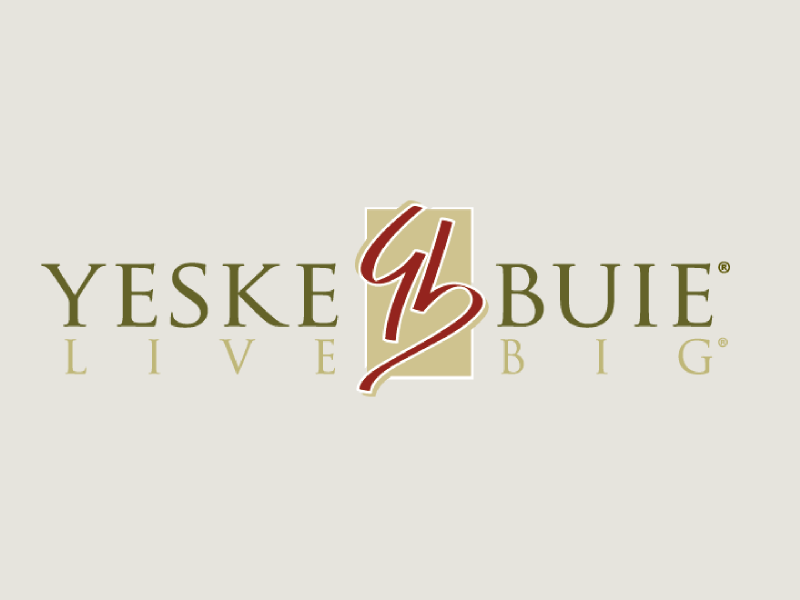Cash Makes a Comeback

While folks financing a house or carrying loads of credit-card debt are mourning the end of the lowest interest rates in 46 years, savers who have been stressing over paltry yields on cash investments are partying in response to the Fed’s quarter-point interest-rate hike last month. The federal-funds rate now stands at 1.25%, but the really good news for yield-hungry investors is that the bump may be just the beginning of a slow and steady climb that could leave us at 2% by the end of the year and at 3.5% by the end of 2005. Yields on cash and investments people use as cash stand-ins–bank accounts, money markets, short-term Treasury bills and CDs, even ultrashort-bond funds–directly benefit. As rates rise, how can you make the most of your cash?
The average yield for money-market funds–a popular parking place for rainy-day reserves–sat at 0.51% two months ago. The rate was 0.68% last week, a difference that would give investors an extra $3.4 billion over the course of a year. Money-market funds tend to yield the federal-funds rate minus expenses (average: 0.50%), which could mean a 1.50% average yield by the end of the year. But that still falls far short of inflation–now at 3%–and the 6% money funds yielded at the end of 2000.
So if you’ve got $10,000 or more to invest, it’s worth your while to shop for a higher yield. Bankrate.com lists rates on money-market accounts, similar to money-market funds but FDIC insured. These bank-based accounts have historically lagged behind money funds’ yield by about 1 percentage point, according to money tracker iMoneyNet. But banks have become aggressive and now offer equivalent yields–at times even better ones. Bankrate.com shows some good deals, such as one from ING Direct currently yielding 2.10% annually and one at VirtualBank that pays 2.15%. David Yeske, a certified financial planner in San Francisco, points out that high yields from Internet-only banks often come with restrictions, like no paper checks. Peter Crane, vice president at iMoneyNet, also notes that people living in high-tax states like California, New York, Massachusetts and Pennsylvania might benefit by buying tax-exempt funds.
Investors favoring CDs–such as income-seeking retirees–are also celebrating: the rate on a one-year CD now averages 1.52%. But Yeske warns about the beefier figures of longer-term CDs. Yes, the average three-year CD yields 2.83%, but with interest rates likely to continue to climb (the next rate hike is anticipated on Aug. 10), locking in might mean missing a better rate. In the short term, you’re not as likely to get caught off guard. So if you plan to buy a car this fall, for example, it’s not necessarily bad to hold the money in a 60-day CD while you shop around, says Rande Spiegelman, head of financial planning at Charles Schwab. For retirees investing large sums in cashlike investments, says Yeske, longer-term CDs are fine as part of a ladder, a strategy in which CDs of different maturities expire at different times.
As rates hovered at abysmal levels, some investors boosted returns with near cash equivalents, such as ultrashort-bond funds, which returned an average 0.93% over the past year, about double what money-market funds did. If you have a chunk of cash you won’t be tapping for a year or so–perhaps college-tuition bills are on your horizon–you might try a fund like SSgA Yield Plus, with a 30-day yield of 1.17%, or Fidelity Ultra-Short Bond, yielding 1.33%. Just remember: as rates rise, bond prices fall, offsetting some of that extra yield. And if you sell too soon, you might be hit with a redemption fee. Even among the cash happy, rising rates don’t solve everything.
